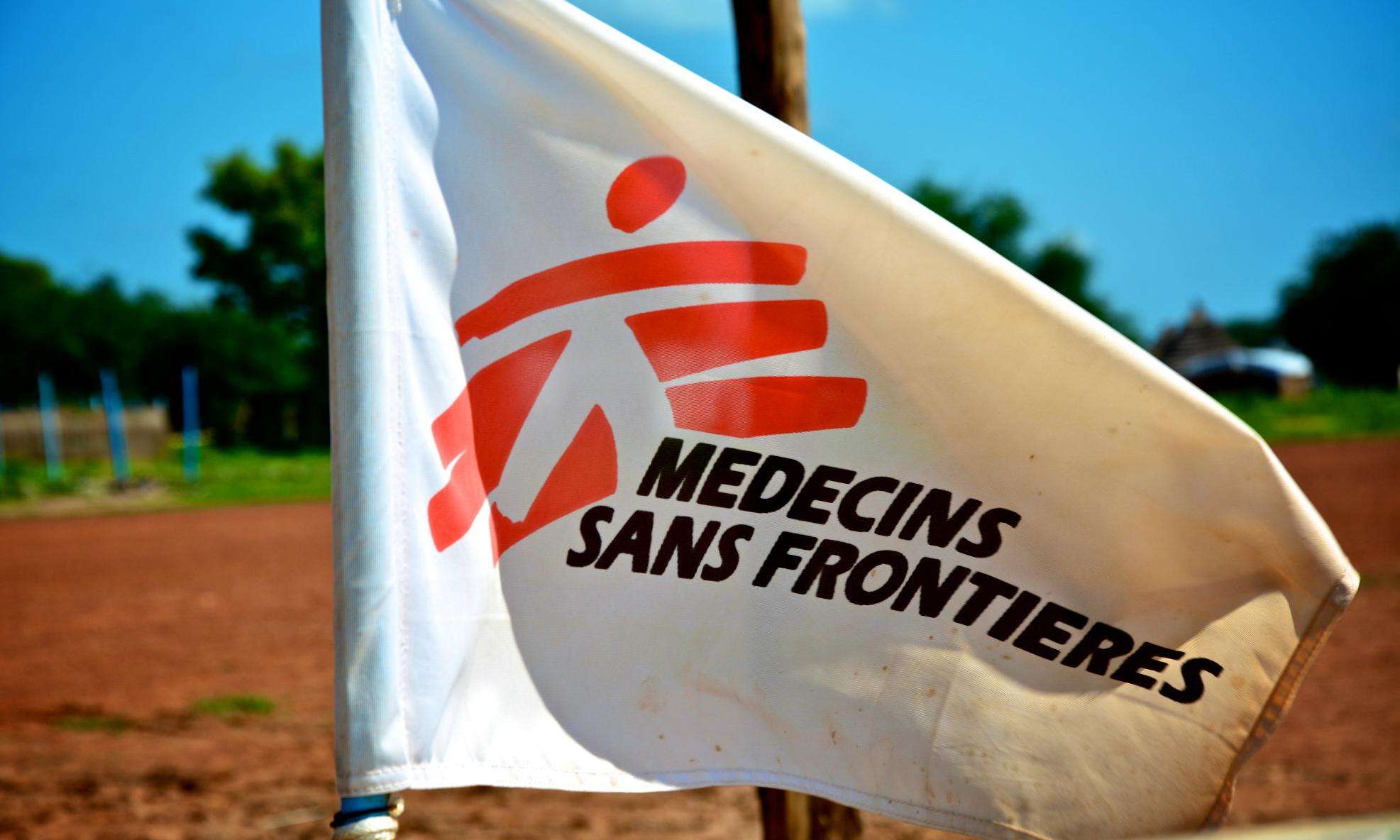An overview of the current diagnostic pipeline
Tuberculosis (TB) remains the leading cause of death from a curable infectious disease, despite the availability of short-course therapy that can be both inexpensive and effective.
Clinical management of cases in developing countries is hampered by the lack of a simple and effective diagnostic test. Correct diagnosis of TB is needed to improve treatment, reduce transmission, and control development of drug resistance.
In patients with active pulmonary TB, only an estimated 45% of infections are detected by sputum microscopy. This test, first developed in the 1880s and basically unchanged today, has the advantage of being simple, but is hampered by very low sensitivity: it may only detect half of all cases with active infection. It is also very dependent on the skill of the technician, and a single technician can only process a relatively small number of slides per day. Furthermore, a staggering three million people who present annually with suspected TB may not be properly diagnosed, because their infection (so-called smear negative disease) cannot be detected by sputum microscopy.




